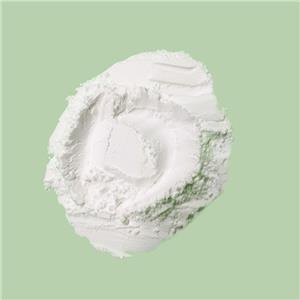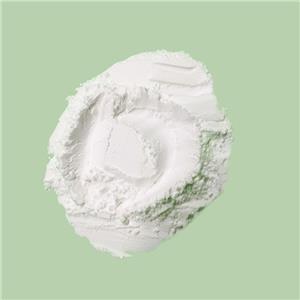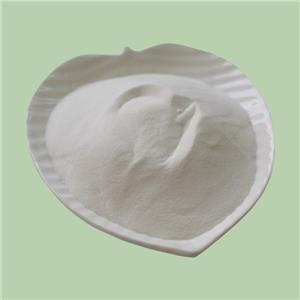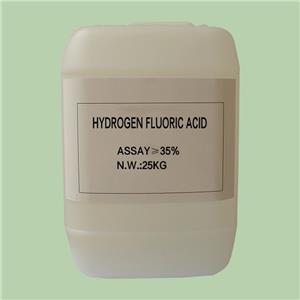The Role of Aluminum Fluoride as an Additive in Ceramic Industry
Aluminum fluoride (AlF3) plays a crucial role as an additive in the ceramic industry, particularly in the formulation of glazes and pigments. Its unique properties contribute significantly to enhancing the quality and aesthetics of ceramic products. This article delves into the reasons why aluminum fluoride is utilized as an additive in ceramics, explores its specific applications, and highlights its importance in this industry.
Properties of Aluminum Fluoride:
Aluminum fluoride exhibits several properties that make it well-suited for application in ceramic glazes and pigments:
1、Fluxing Agent: Aluminum fluoride acts as a fluxing agent, improving the flow and adhesion of glazes onto ceramic surfaces.
2、Opacity: It enhances the opacity and translucency of glazes, allowing for better control over the final appearance of ceramic products.
3、Color Adjustment: Aluminum fluoride can be used to adjust the color of ceramic glazes and pigments, enabling artisans to achieve desired hues and shades.
4、Chemical Stability: It imparts chemical stability to ceramic formulations, ensuring durability and resistance to environmental factors.
Applications of Aluminum Fluoride in Ceramics:
A、Glaze Formulation: Aluminum fluoride is added to ceramic glazes to modify their viscosity, improve their application properties, and enhance the surface finish of ceramic products. It helps in achieving desired colors, textures, and effects on the glazed surface.
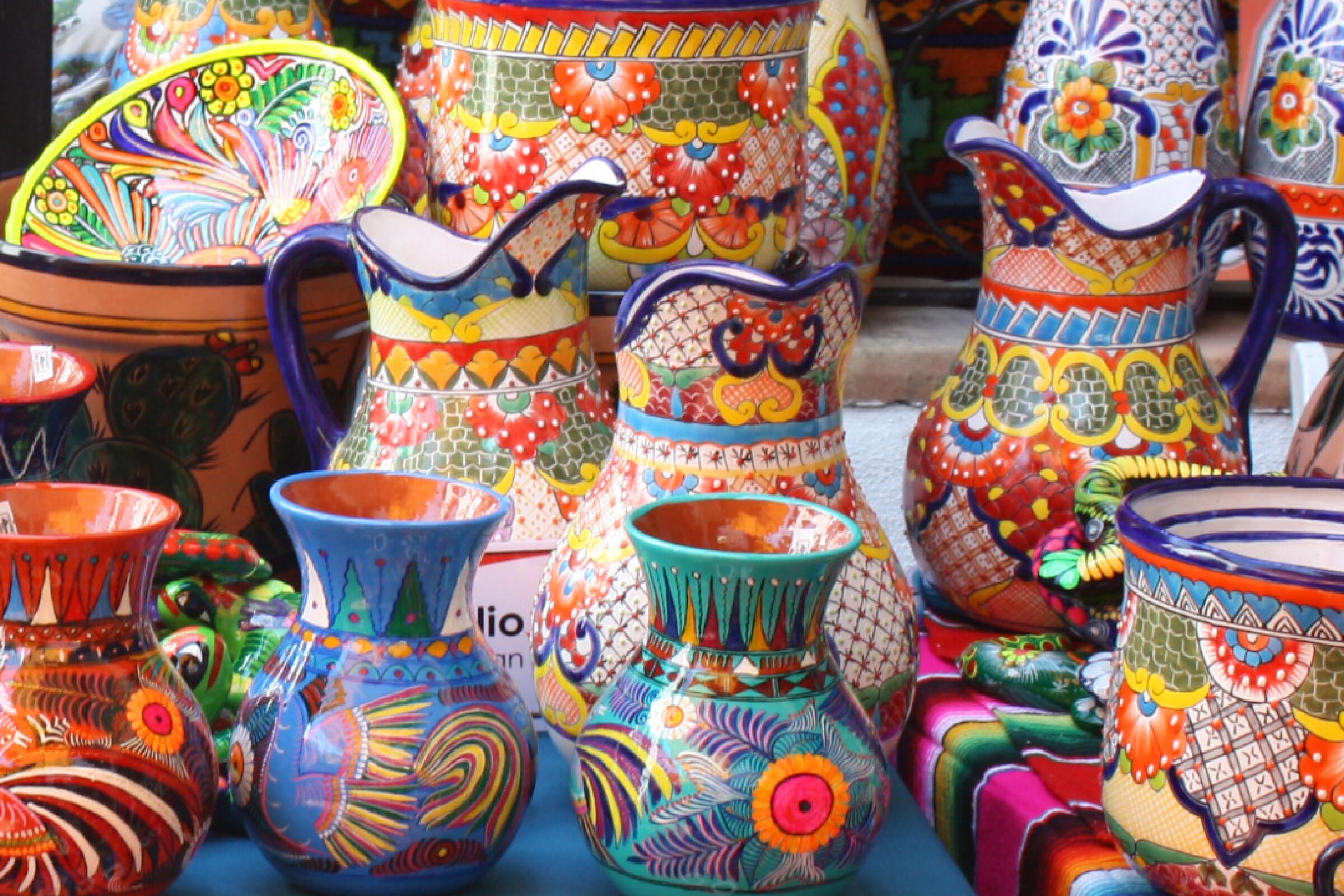
B、Pigment Production: In pigment manufacturing, aluminum fluoride serves as a key component for adjusting the color intensity, opacity, and stability of ceramic pigments. It enables the creation of vibrant and long-lasting colors in ceramic artworks.
C、Structural Enhancement: Aluminum fluoride reinforces the structural integrity of ceramic materials, making them more resistant to wear, abrasion, and thermal shock. It contributes to the overall strength and longevity of ceramic products.
D、Specialized Applications: Aluminum fluoride finds applications in specialized ceramic products such as tiles, tableware, sanitaryware, and decorative items. Its versatility allows for customization according to specific design requirements and functional properties.
Significance of Aluminum Fluoride in Ceramic Industry:
The utilization of aluminum fluoride as an additive in ceramics offers numerous advantages:
1、Improved Aesthetics: It enhances the visual appeal and decorative features of ceramic products, resulting in attractive and aesthetically pleasing designs.
2、Enhanced Performance: Aluminum fluoride improves the performance characteristics of ceramic materials, including their durability, resistance to chemicals, and thermal stability.
3、Versatility: Its versatility allows for the formulation of a wide range of glazes, pigments, and ceramic compositions, catering to diverse aesthetic preferences and functional requirements.
4、Innovation: Aluminum fluoride facilitates innovation and experimentation in ceramic design and production, enabling artisans and manufacturers to create unique and innovative products.
5、Sustainable Solutions: By optimizing ceramic formulations and enhancing product longevity, aluminum fluoride contributes to sustainable practices in the ceramic industry, reducing waste and environmental impact.
In summary, aluminum fluoride serves as a valuable additive in the ceramic industry, offering multiple benefits in terms of aesthetics, performance, and sustainability. Its role in glaze formulation, pigment production, and structural enhancement underscores its significance in ceramic manufacturing. As the demand for high-quality and aesthetically pleasing ceramic products continues to grow, the importance of aluminum fluoride as a versatile additive remains paramount in achieving desired outcomes in ceramic design and production.
- Fluoride Salt
- Ammonium Fluoride
- Sodium Fluoride
- Potassium Fluoride
- Sodium Hydrogenfluoride
- Potassium Bifluoride
- Magnesium Fluoride
- Aluminium Fluoride
- Barium Fluoride
- Lithium Fluoride
- Strontium Fluoride
- Nickel Fluoride
- Zinc Fluoride

